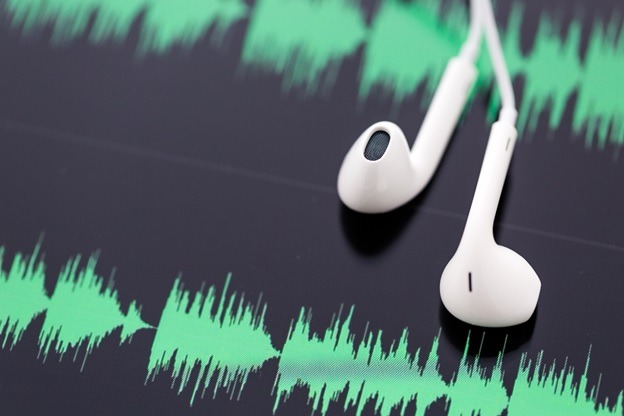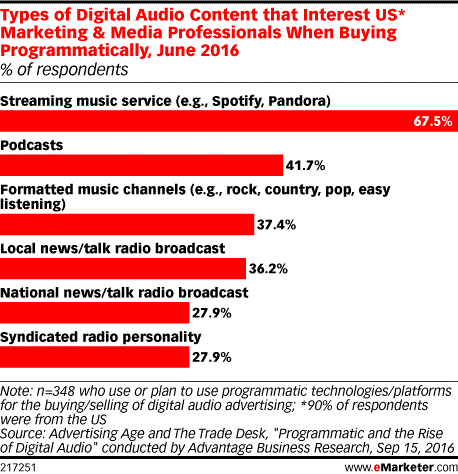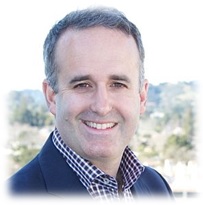
If I told you there’s a source of ad revenue that will double in 24 months – and it’s something radio could take advantage of – would I have your attention?
It turns out a new study AdAge, The Trade Desk, and Advantage Business Research shows that while digital audio contributed only about 5% to ad budgets a year ago, the category is set to surpass the 11% level by this time next year. While we know that other media are more dominant in the race to suck up the most ad dollars, this is a very positive sign for digital audio advertising.
Reported in eMarketer, the study of more than 530 marketing and media pros also reveals the types of audio content of most interest to this group. While pure-plays like Pandora and Spotify have a huge lead over other content creators, it should be noted that podcasts run a solid second, while formatted music channels, local news/talk broadcasts, and syndicated personality shows are all very much in the hunt.
For brands that have a track record and demonstrated usage metrics in these areas, many of the hurdles have already been cleared. Now it’s a matter of putting together packages that are saleable. That devil is in the details. Note how the question was asked: “When buying programmatically.”
So that brings up the question of how a station, cluster, or company can best play the programmatic game. So I asked “Mr. Programmatic,” Jelli CEO Mike Dougherty to weigh in. His belief is that the content creation is the hard part, so once that’s done, it’s then a matter of finding great partners with whom to launch the revenue piece.

Mike notes that budgets are on the rise, and the major media, digital, and programmatic agencies are including audio as a category. Here’s his advice:
“In order to enable your digital audio to be bought by these buyers, you need to partner with a programmatic marketplace, exchange or ad network. There are several good options to choose from. As part, you will integrate your digital audio platform with the ad-tech that these partners utilize. Using technology called demand-side platforms or ‘DSPs,’ the advertisers tap into these networks to target and buy your inventory in an automated fashion.
As you scale, your team will work with the programmatic networks to optimize your yield, and develop data strategies to maximize the opportunity for your audiences to be targeted and participate on buys.”
After years of this space remaining embryonic, the pieces are beginning to fall into place: increasing demand for digital audio accompanied revenue generation engines in the form of the programmatic marketplace.
So it’s a matter of creating content – streams, podcasts, personalities – building an audience, and beginning to reap the financial benefits.
As many frustrated broadcasters know all too well, this has been an area that’s been slow for just about everyone to grow. But changing consumer habits, the maturation of the web, and a more expansive programmatic ecosystem all represent opportunity.
Stream on.
- What Is It With Female Robot DJs? - April 30, 2025
- Why “Dance With Those Who Brung You” Should Be Radio’s Operating Philosophy In 2025 - April 29, 2025
- The Exponential Value of Nurturing Radio Superfans - April 28, 2025




Leave a Reply